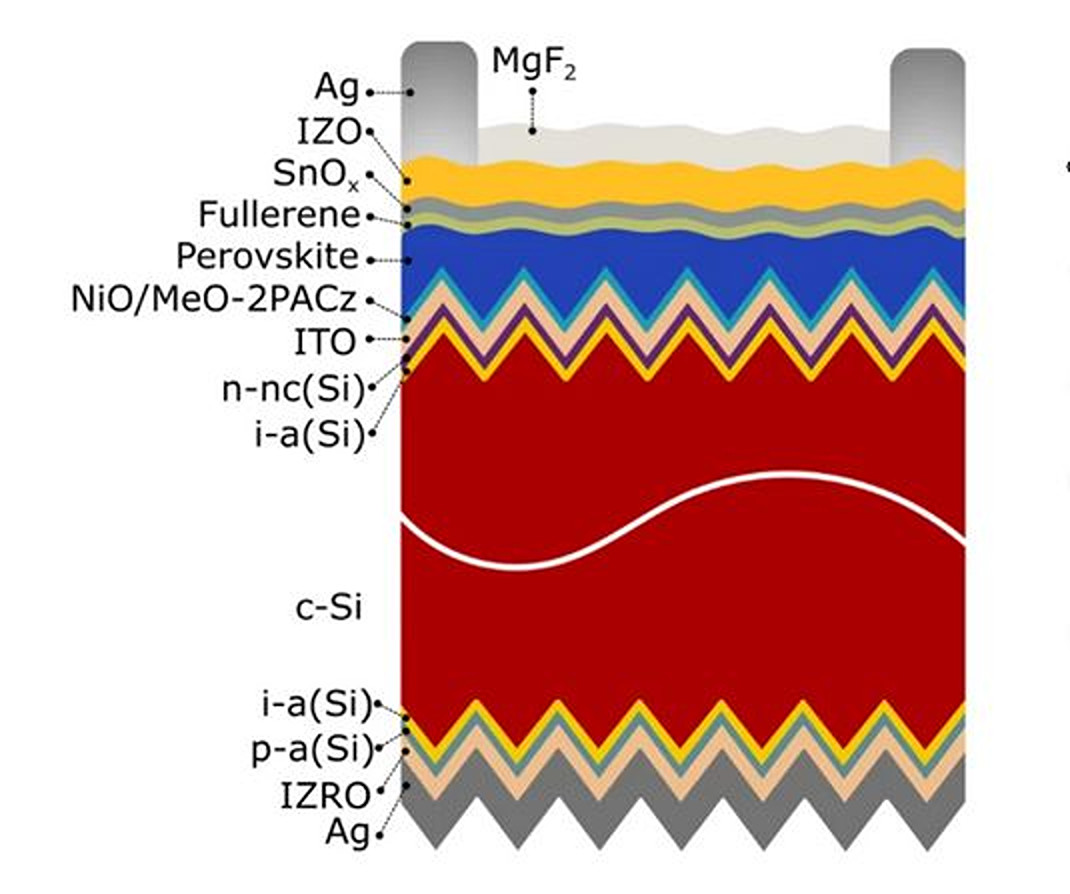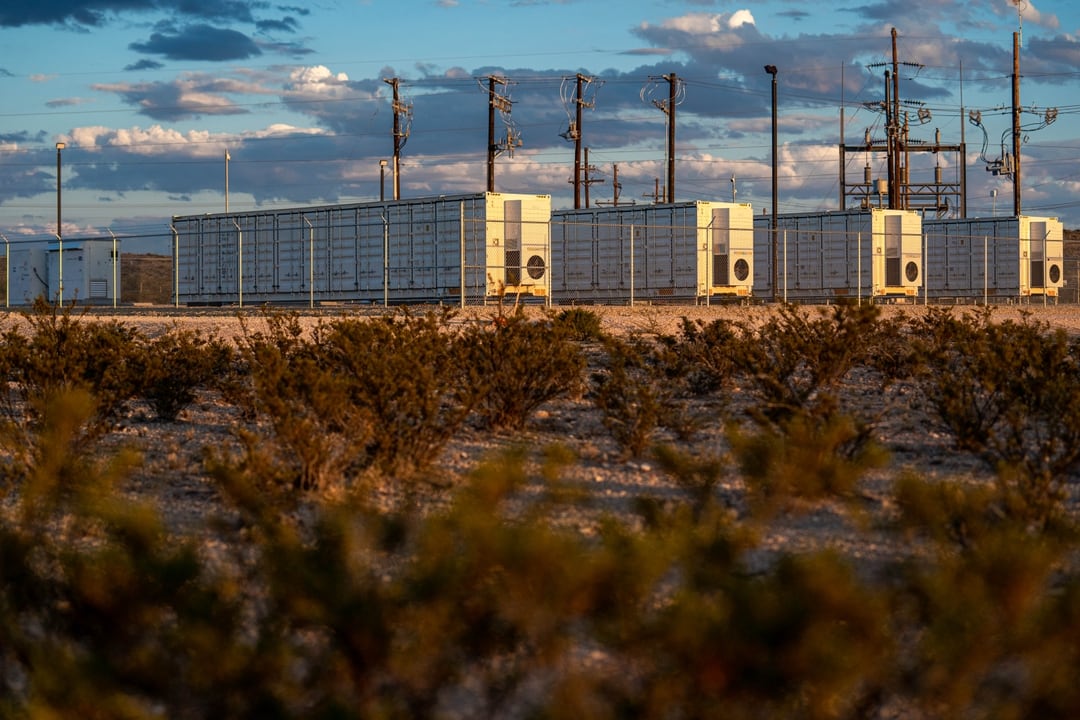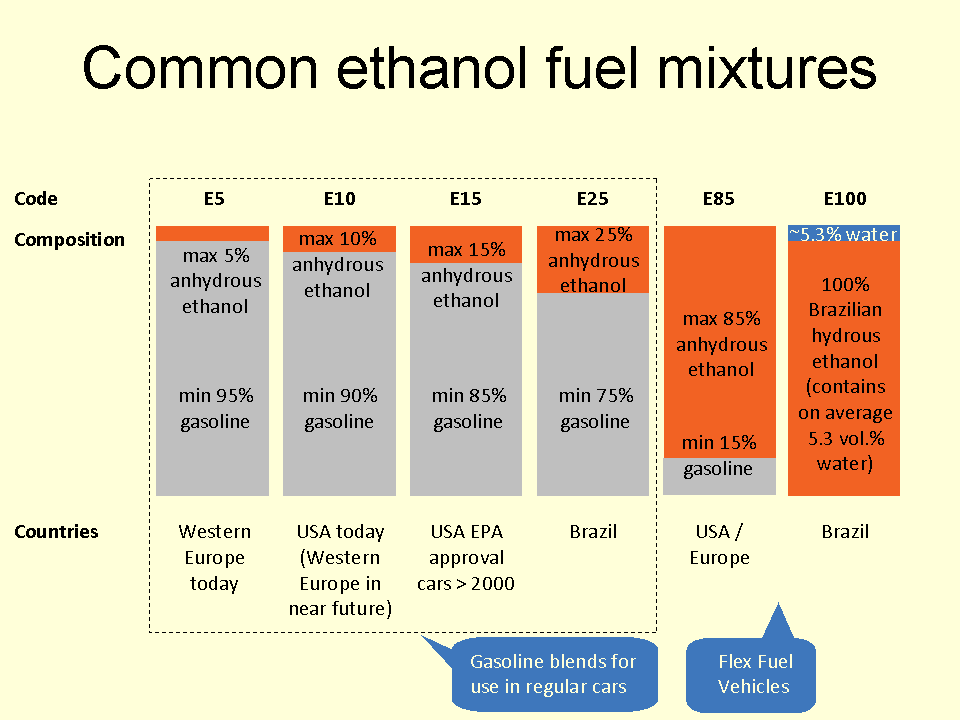ItsNotAboutTheMoney
Well-Known Member
There's a lot of chasing tandem/hybrid/heterojunction with perovskites.
Perovskite-silicon tandem solar cell with sublimed C60 source material achieves 30.9% efficiency
The result was certified by Fraunhofer ISE CalLab. The cell uses a top inverted PV device using an electron transport layer made of thermally evaporated buckminsterfullerene (C60) with minimized parasitic optical absorption.www.pv-magazine.com
Once disregarded as too low efficiency, perovskite gets its LFP moment.
Tandem is the big thing to be cracked in cost reduction as higher efficiencies have enormous value for residential rooftops or other places where space is constrained.












